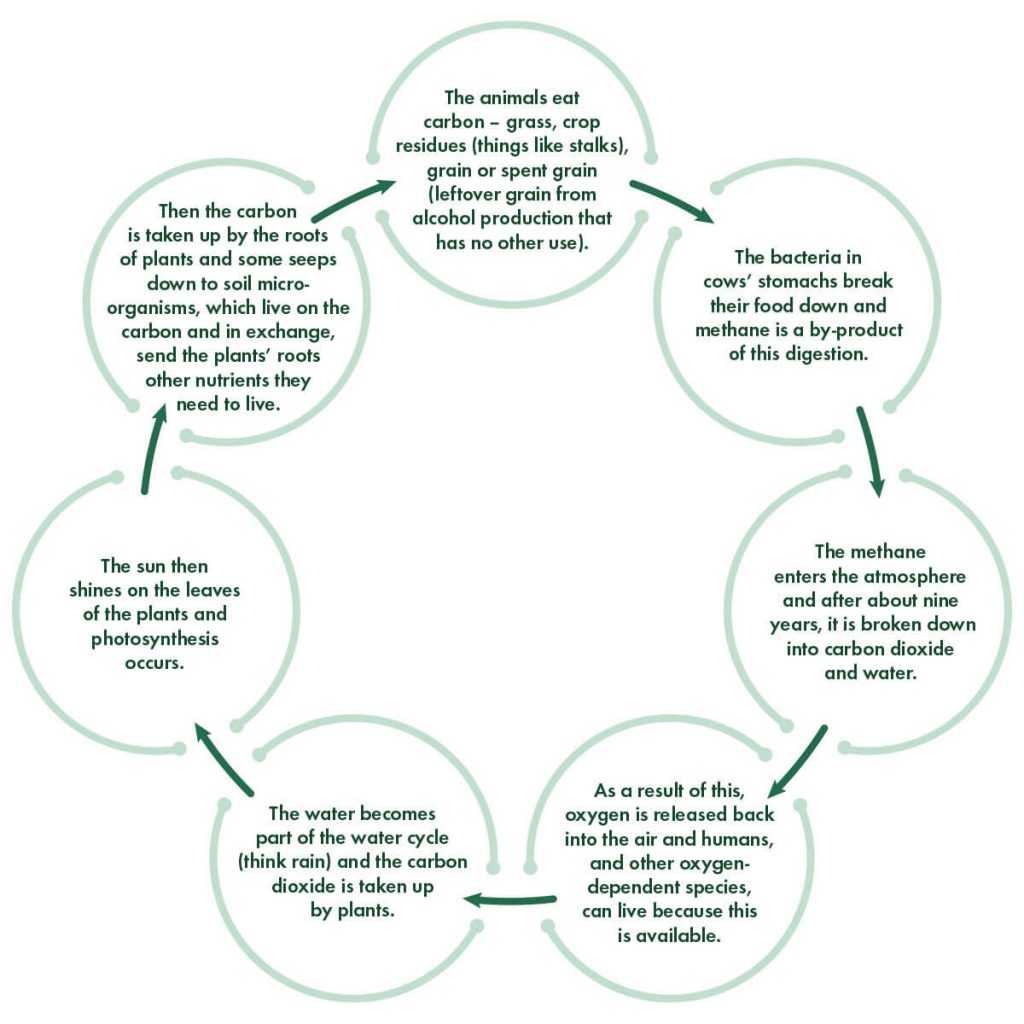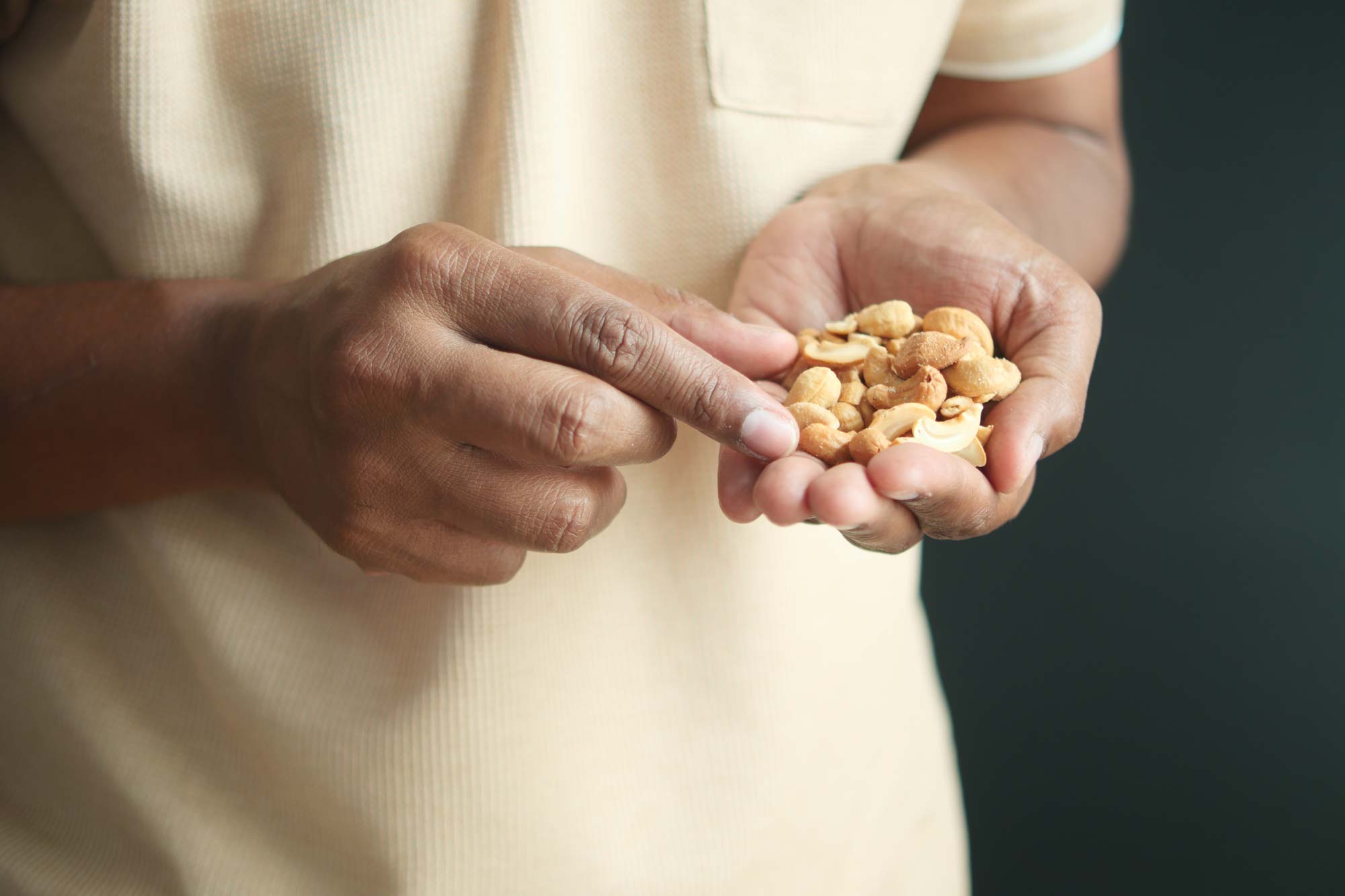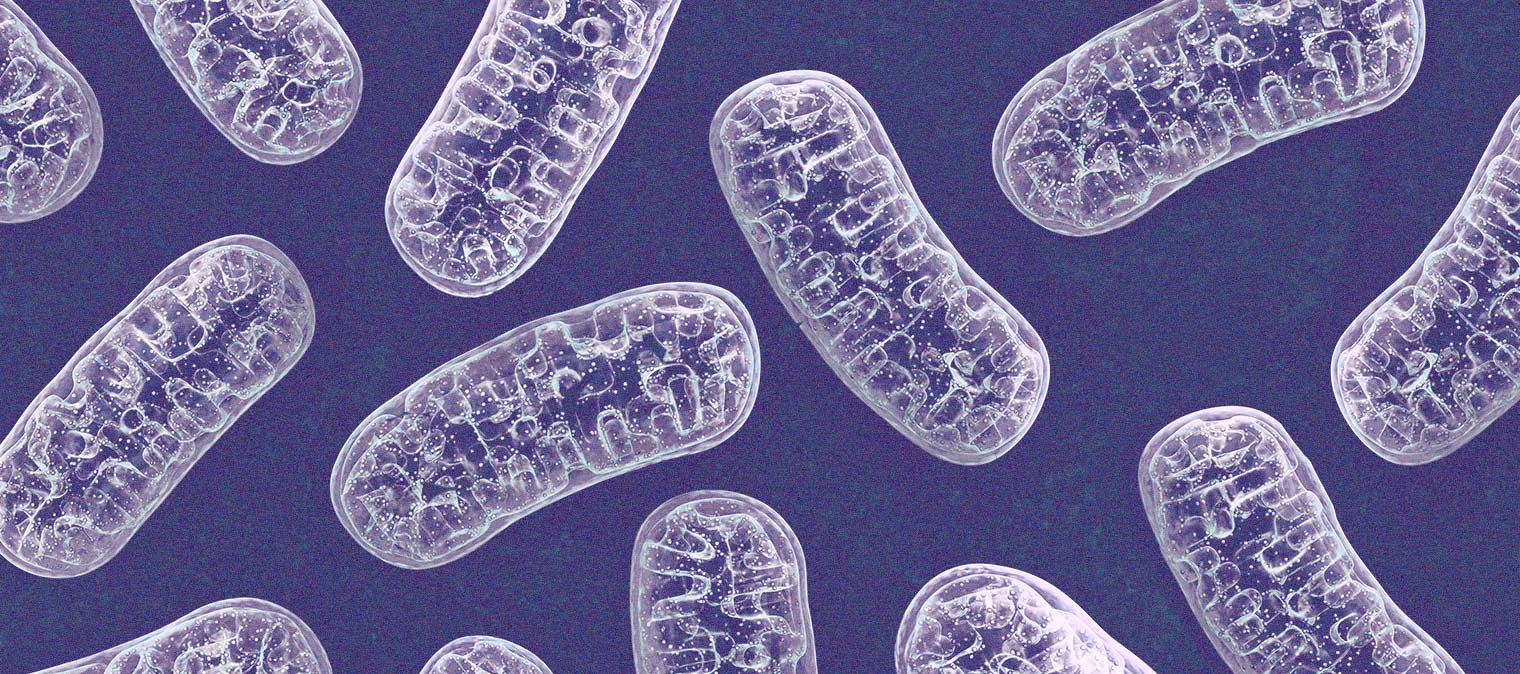Humans stay alive through a process called respiration, meaning that we breathe in oxygen, and we exhale carbon dioxide. If you could see oxygen in space, it is two Os (oxygen molecules) stuck together. When we breathe, oxygen splits apart, forming two single oxygen molecules. Known as free radicals, they have the potential to damage your tissues.
The way it works is as follows. The antioxidant donates one of its oxygens back to the free radical, and they pair up. Oxygen is then content again as it has its buddy back, and damage to your tissues is avoided. We generate more free radicals in response to our exposure to pollutants and anything that increases respiration.
To understand one powerful way free radicals can damage our tissues, imagine a blood vessel leading to your heart. A free radical zips about through the blood and suddenly does a dive-bomb and makes an indentation in the wall of the vessel. It resembles the divot in the grass beneath a golf swing that has taken too much soil with it. The damaged vessel sends out a cry for help, signalling that it is damaged, and, in this case, cholesterol wants to be the hero. Cholesterol behaves like a band-aid in this situation, and it comes along and sticks itself on top of the injured site. It then sends out a message to all of its cholesterol friends to join the band-aid party, and they come along and stick themselves over the top of the first cholesterol globule that arrived. The cholesterol piles up, and it oxidises and hardens. This is called atherosclerosis or plaque, and it narrows the interior of the arteries.
Where once the blood could flow through a wide, open vessel, it now has a very narrow, restricted path to weave. Your blood is the only way oxygen and nutrients get around your body. Your heart is a muscle, and it needs both oxygen and nutrients to survive. If it is starved of either of these for long enough, this is one mechanism that can lead to a heart attack. Please note, “rubbish” can also accumulate in the walls of the vascular system, creating a major risk for heart disease and stroke, not just inside the vessels.
The good news, though, is that there is much you can do to reverse the build-up. The hardened, built-up cholesterol is, in part, LDL cholesterol, which is why it is commonly known as “bad” cholesterol. “Good” cholesterol (HDL cholesterol) comes along and unsticks each globule of cholesterol and carries it off to the liver, which plays a significant role in the energy we experience, as well as cholesterol management. The best way to imagine this all occurring is this: the cholesterol that was unstuck from the pile within the blood vessel arrives at the front door of the liver to undergo its detoxification process, and, when the liver is functioning well, the cholesterol is processed, excreted and gone forever. However, if the liver is loaded up with substances that it must prioritise higher up the detoxification order than boring old, homemade cholesterol, then the cholesterol is only partially detoxified, and instead of being excreted, it is reabsorbed back into the blood supply. This is one mechanism through which our blood cholesterol goes up and up and up. Cholesterol can also be elevated when thyroid function is poor and also remember, that the liver produces the bulk of the cholesterol inside us.
I don’t consider elevated total blood cholesterol a problem in itself, although there is certainly evidence to suggest that the ratio of small to large particle cholesterol is an important consideration in the management of excellent heart and vascular health. However, I do use blood cholesterol as a marker for liver health, and also to give me insight into whether the body is efficiently converting cholesterol into steroid (sex) hormones, which are also critical for energy and vitality. If blood cholesterol suddenly increases, to me this indicates that something has changed with the way the body is managing its level of blood cholesterol, and it is this mechanism that must be identified, as this is what needs correcting. The cholesterol then comes back down to the level that that this individual’s body functions best at. Your body has the most incredible capacity to heal and regulate itself — you just need to know which levers to pull.
Of course, another powerful way to reduce this issue is to counteract the potential problems that free radicals can create in the first place. One of the major ways the body defends itself from damage by a free radical is through the consumption of antioxidants. Antioxidant-rich foods are found in our coloured plant foods which is why it is so important to eat the rainbow. That antioxidants are found in our coloured plant foods is one of the major reasons why people like me bark on and on about the importance of amping up your vegetable intake!
Stress and exercise also play a role in our free radical production. While exercise is universally lauded for its myriad health benefits, it’s a double-edged sword when it comes to free radicals. Physical activity, especially when intense, increases oxygen consumption, leading to a rise in free radical production. Similarly, chronic stress triggers a cascade of biochemical reactions that not only heighten free radical generation but also weaken our antioxidant defences.
Understanding this nuanced relationship invites us to adopt a more holistic approach to managing free radical production. It’s not about shunning exercise – gosh no – but embracing it in moderation and incorporating practices that mitigate its oxidative stress. Strategies such as integrating antioxidant-rich foods into post-workout meals or snacks can help neutralise the increased free radicals produced during exercise. Foods high in vitamins C and E, selenium, and flavonoids can be particularly effective in bolstering our antioxidant defences post-exercise.
Managing stress through mindfulness practices, slow breathing, tai chi, yoga, or meditation can also significantly reduce the body’s stress-induced oxidative stress. These practices not only help in lowering cortisol levels, a stress hormone that can exacerbate free radical production, but also enhance overall wellbeing.








